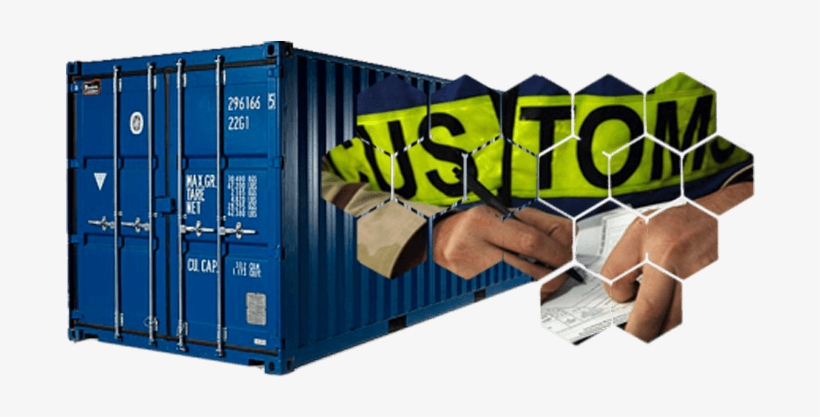NEW ENHANCED CUSTOM CLEARANCE PROCEDURES
The Custom Clearance procedures described in this document are subject to change as the project advances, with features being added or removed as infrastructure is improved. The first step is for the declarant to prepare an SGD (Single Goods Declaration) using information from relevant documents such as the Final Invoice, CCVO, Bill of Lading/Air Waybill/Road Waybill, Packing List, Permit, Insurance, Form “M,” and PAAR.
An SGD can be prepared either at a private DTI in the Importer or Agent’s office, connected to the NCS server via a PC and a telecom channel, or at a public DTI café licensed by NCS. After capturing the SGD, the next step is to specify the bank at which customs duty will be paid, ensuring it matches the designated duty collection bank on the Form “M” and selecting the Assessment option in the NCS system. Read More on Custom Clearance Here
Once the SGD is captured correctly, the next step is to pay at the bank, where the Bank officer will match the printed assessment notice with the electronically received one for your SGD. If the information is correct, the bank will receive your payment and issue you a signed bank receipt. After paying duties at the bank, the next step is to request the release of the consignment from the NCS system. NCS will release the goods after either scan or physical examination. If outstanding duty has not been fully paid, the NCS system will not permit the release of goods.
When requesting the release of the consignment through the NCS system, the NCS Risk Management information will determine the level of scrutiny that NCS will give your consignment. contact us for your SGD Data Capturing at Jumta Xpress and all of your clearance documentation
Note:
The NCS system will not permit the release of goods if outstanding duty has not been fully paid. However, if any discrepancy is found, then it shall be entered into the Inspection Act, and the declaration is modified. If a dispute continues to exist, then dispute settlement mechanisms are followed. These may include allowing the importer to clear his goods on bank indemnity, an application for a tariff/valuation decision from the Tariff and Trade Department of NCS, an appeal to Honorable Minister of Finance, World Customs Organization (WCO) or ultimately taking the dispute to a court of competent jurisdiction.
There are four possible outcomes: Green, Blue, Yellow, and Red. Green and Blue SGD are “Customs Cleared,” meaning they are released from customs control and do not require any customs intervention. Yellow and Red are for SGDs requiring document checking and scanning/examination, respectively.
After the consignment is released from customs control, the next step is to proceed to the Terminal Operator (T/O) for the issuance of the Exit
Note. The NCS system will have electronically notified the T/O that your consignment is ready for release, and T/O staff is now able to issue an Exit Note on the NCS system after finalizing their own formalities. At the gate, a Customs Officer will acknowledge exit on the NCS system, and a confirmation will be received that your consignment has been released and has exited the Port.
SUMMARY
The article provides an overview of the procedures for submitting an electronic manifest and paying customs duties for importers in Nigeria. The process involves the preparation of a Single Goods Declaration (SGD) using information from relevant documents, such as Final Invoice, Bill of Lading, Packing List, and Form “M”, among others. The SGD is prepared either through a private DTI or a public DTI café, and the designated bank indicated on the Form “M” is specified while capturing the SGD. After capturing the SGD, the importer proceeds to pay the customs duties at the designated bank and obtains a signed bank receipt.
Once duties and taxes have been paid, the importer requests the release of the goods from the NCS system and proceeds to the terminal operator for the issuance of an exit note. The customs officer at the gate acknowledges the exit on the NCS system, and the consignment is released and exits the port. The article also highlights the possible risk outcomes of the SGD and the dispute settlement mechanisms that can be used if any discrepancies are found.

